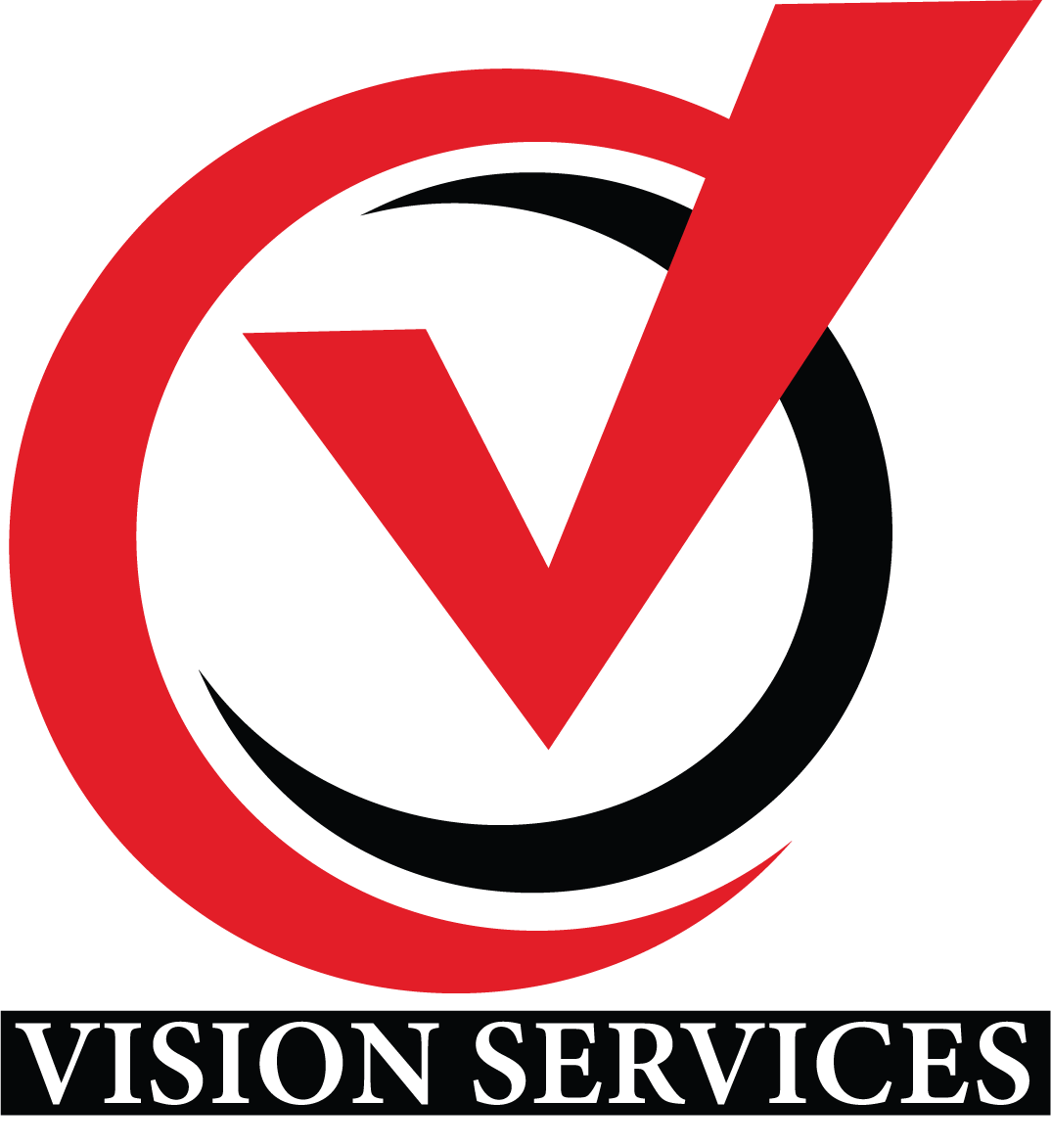In today’s competitive business environment, companies face the constant challenge of attracting, retaining, and deploying the right talent. The success of any organization depends not just on its products or services but largely on the people who drive its operations. Implementing effective staffing strategies is essential for building a skilled, motivated, and productive workforce that aligns with business goals.
Staffing strategies are no longer just about filling vacancies—they are about creating a proactive approach to workforce planning, talent acquisition, and employee retention. Companies that adopt well-designed staffing strategies gain a competitive edge, improve operational efficiency, and foster a culture of growth and innovation.
Why Effective Staffing Strategies Matter
- Align Talent with Business Goals
Every company has strategic objectives, whether it’s launching a new product, expanding to new markets, or improving operational efficiency. Effective staffing strategies ensure that the right professionals with the right skills are in place to achieve these goals. - Enhance Productivity
Hiring skilled and experienced professionals reduces training time and accelerates project execution. When roles are filled effectively, teams can focus on delivering results rather than handling operational gaps. - Improve Employee Retention
Well-planned staffing strategies not only attract top talent but also retain them. Employees are more likely to stay when their roles are clearly defined, career growth is supported, and their skills are utilized effectively. - Reduce Hiring Costs
A strategic approach to staffing minimizes the cost of repeated recruitment, onboarding, and training. By investing in the right people from the start, companies save time and resources. - Strengthen Company Culture
Staffing strategies that emphasize cultural fit ensure employees share the company’s values, vision, and mission, creating cohesive teams that collaborate efficiently.
Key Components of Effective Staffing Strategies
1. Workforce Planning
Workforce planning involves analyzing current and future talent needs based on business objectives. This includes:
- Assessing skill gaps.
- Forecasting workforce requirements for new projects or expansions.
- Identifying critical roles that drive organizational success.
Effective workforce planning allows companies to anticipate hiring needs and deploy talent proactively rather than reactively.
2. Targeted Recruitment
Recruitment is the backbone of any staffing strategy. Companies must:
- Develop clear job descriptions and expectations.
- Utilize multiple recruitment channels, including job portals, social media, and staffing agencies.
- Emphasize both technical skills and cultural alignment during candidate selection.
Targeted recruitment ensures that companies attract professionals who can contribute immediately and grow with the organization.
3. Employee Development and Training
Even the most skilled professionals need continuous development to stay relevant. Effective staffing strategies integrate:
- Training programs to enhance skills and competencies.
- Leadership development initiatives for potential managers.
- Cross-training to build versatile teams capable of handling diverse tasks.
Investing in employee development increases engagement, performance, and loyalty.
4. Performance Management
A robust performance management system ensures employees are aligned with organizational goals. Key elements include:
- Setting measurable objectives and KPIs.
- Regular performance reviews and feedback sessions.
- Recognition and rewards for high-performing employees.
Performance management helps identify talent strengths, areas for improvement, and opportunities for advancement.
5. Succession Planning
Identifying future leaders is critical for organizational continuity. Succession planning ensures that key positions are never left vacant and that skilled professionals are ready to step into leadership roles when needed.
6. Flexible Staffing Solutions
Businesses today face fluctuating workloads, seasonal demands, and project-specific needs. Incorporating flexible staffing solutions—such as temporary, contract, or remote employees—allows companies to scale efficiently while maintaining performance standards.
Implementing Effective Staffing Strategies
Step 1: Assess Current Workforce
Analyze your existing workforce to understand skills, strengths, gaps, and redundancies. This provides a foundation for strategic hiring and development.
Step 2: Define Clear Objectives
Determine what the staffing strategy aims to achieve: improved productivity, faster project execution, reduced turnover, or enhanced innovation.
Step 3: Leverage Technology
Modern HR technologies streamline staffing strategies. Tools like applicant tracking systems, HR analytics, and workforce management platforms help in:
- Tracking employee performance.
- Managing recruitment pipelines.
- Identifying skills gaps and training needs.
Step 4: Partner With Staffing Agencies
For specialized or high-volume hiring, staffing agencies provide pre-screened candidates, saving time and ensuring quality hires.
Step 5: Foster a Strong Company Culture
Ensure that recruitment and development strategies prioritize cultural fit. Employees who resonate with company values are more engaged, productive, and likely to stay long-term.
Step 6: Monitor and Adjust
Staffing strategies should be flexible. Regularly evaluate effectiveness, gather feedback from managers and employees, and make adjustments to meet evolving business needs.
Case Study: Successful Staffing Strategy in Action
A mid-sized IT company faced challenges meeting project deadlines due to rapid business growth. Their staffing strategy included:
- Workforce planning to anticipate project requirements.
- Hiring specialized developers and QA professionals through a staffing agency.
- Implementing training programs to upskill existing employees.
- Flexible staffing for short-term projects.
As a result:
- Project delivery improved by 40%.
- Employee satisfaction increased due to clear roles and development opportunities.
- Operational efficiency improved, reducing costs associated with missed deadlines.
This demonstrates the impact of a well-executed staffing strategy on business performance and growth.
Benefits of Effective Staffing Strategies
For Organizations:
- Increased productivity and operational efficiency.
- Reduced turnover and hiring costs.
- Access to skilled and versatile talent.
- Enhanced ability to scale operations as needed.
For Employees:
- Opportunities for growth and development.
- Clear understanding of roles and responsibilities.
- Recognition and rewards for performance.
- Positive and engaging work environment.
For Clients and Stakeholders:
- Consistent quality of products and services.
- Faster project completion and delivery.
- Confidence in the organization’s ability to meet demands.
Future Trends in Staffing Strategies
- Data-Driven Decision Making: HR analytics will play a major role in identifying talent needs, predicting turnover, and optimizing workforce deployment.
- Remote and Hybrid Workforces: Flexible staffing models will continue to grow, enabling companies to access global talent pools.
- Focus on Employee Experience: Engaging employees through wellness programs, flexible schedules, and recognition will improve retention.
- Upskilling and Reskilling: Continuous learning initiatives will ensure employees remain relevant in evolving industries.
- Diversity and Inclusion: Inclusive staffing strategies will foster innovation and creativity across teams.
Conclusion
Effective staffing strategies are a cornerstone of modern business success. By aligning workforce planning with business goals, recruiting the right talent, providing training and development, and implementing performance management, companies can build a high-performing workforce capable of achieving strategic objectives.
Flexible and data-driven staffing solutions ensure businesses remain agile, competitive, and able to adapt to changing market conditions. In addition, focusing on employee growth, engagement, and cultural alignment fosters loyalty, reduces turnover, and enhances productivity.
Organizations that invest in effective staffing strategies not only achieve operational efficiency but also create a motivated, skilled, and resilient workforce—driving long-term growth, innovation, and sustainable success.





